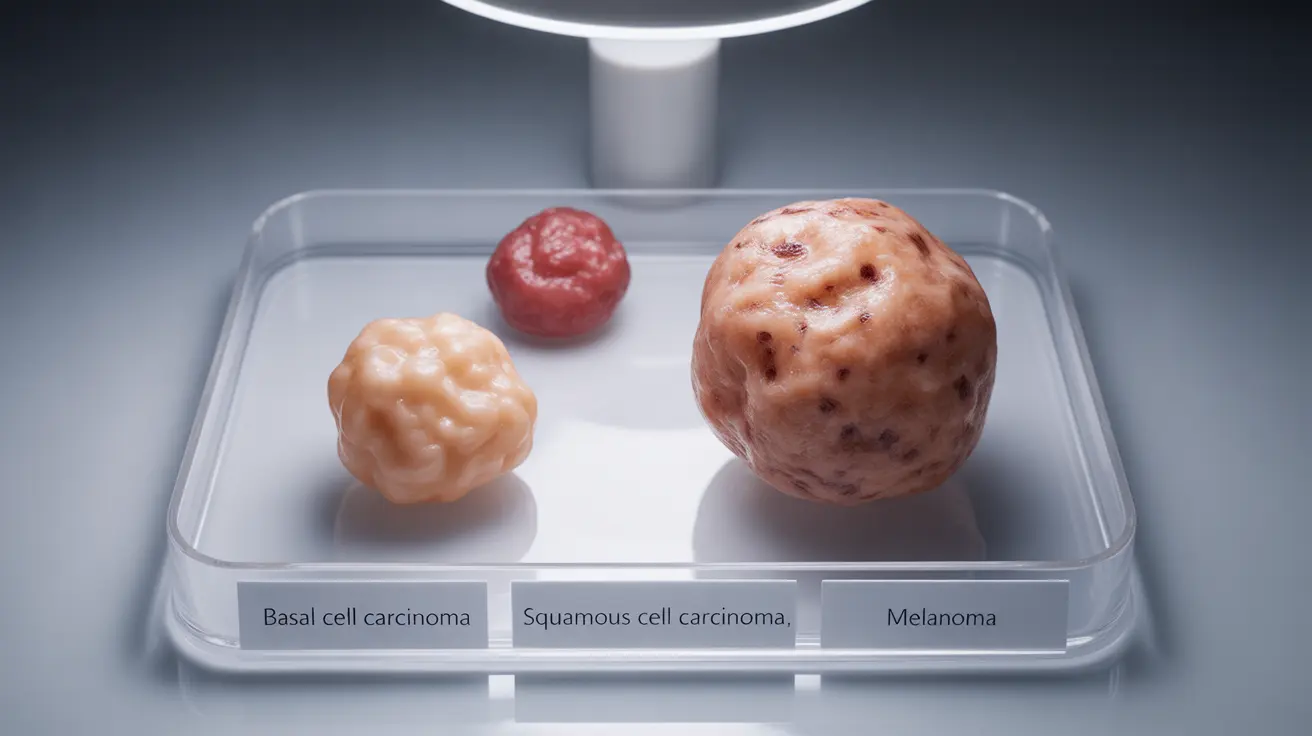A decidual cast is a rare but significant gynecological occurrence where the uterine lining (endometrium) is shed as a complete or nearly complete piece of tissue. This unusual event can be alarming for those who experience it, as it differs significantly from typical menstrual bleeding. Understanding its causes, symptoms, and treatment options is crucial for proper management and peace of mind.
While relatively uncommon, decidual casts can affect women of reproductive age and are often associated with hormonal changes or medications. This comprehensive guide will explore what you need to know about this condition and when to seek medical attention.
What Is a Decidual Cast?
A decidual cast occurs when the entire endometrial lining is expelled as one piece, maintaining the shape of the uterine cavity. This tissue passage can be concerning due to its size and appearance, which may resemble pregnancy tissue. However, it's important to note that decidual casts can occur both in pregnant and non-pregnant individuals.
Identifying Symptoms and Characteristics
Recognizing the symptoms of a decidual cast is crucial for proper identification and management. Common signs include:
- Severe cramping or abdominal pain
- Passing large, intact tissue material
- Heavy bleeding
- Nausea or vomiting
- Lower back pain
The expelled tissue typically appears as a triangular or elongated mass that may be pink, gray, or reddish in color. Its size can vary but often measures several centimeters in length.
Common Causes and Risk Factors
Several factors can contribute to the formation and expulsion of a decidual cast:
Hormonal Influences
The most common causes include:
- Hormonal contraception use, especially progesterone-only methods
- Sudden changes in hormone levels
- Starting or stopping hormonal medications
- Pregnancy-related hormonal changes
Medical Conditions
Certain underlying conditions may increase the risk:
- Ectopic pregnancy
- Endometriosis
- Polycystic ovary syndrome (PCOS)
- Adenomyosis
Diagnosis and Medical Assessment
If you experience symptoms of a decidual cast, medical evaluation is important for proper diagnosis. Healthcare providers may perform:
- Physical examination
- Ultrasound imaging
- Blood tests to check hormone levels
- Tissue analysis if the cast is available
Treatment and Management
Treatment approaches typically focus on symptom management and addressing any underlying causes:
- Pain management with over-the-counter medications
- Hormone therapy adjustment if necessary
- Treatment of underlying conditions
- Monitoring for potential complications
Prevention Strategies
While completely preventing decidual casts may not always be possible, certain measures may help reduce risk:
- Regular medical check-ups
- Careful monitoring when starting or changing hormonal medications
- Maintaining open communication with healthcare providers about symptoms
- Following prescribed medication schedules precisely
Frequently Asked Questions
- What are the symptoms of a decidual cast, and how does it differ from a regular menstrual period?
A decidual cast is characterized by the passage of a large, intact piece of tissue that maintains the shape of the uterine cavity, accompanied by severe cramping. Unlike regular periods where tissue is shed gradually, a decidual cast expulsion occurs as one distinct event with more intense pain and larger tissue passage.
- Can hormonal contraceptives cause a decidual cast, and what are other potential causes?
Yes, hormonal contraceptives, particularly progesterone-only methods, can trigger decidual casts. Other causes include sudden hormonal changes, pregnancy-related conditions, and underlying gynecological conditions like endometriosis or PCOS.
- How is a decidual cast treated or managed, and when should I seek medical help?
Treatment typically involves pain management and addressing underlying causes. Seek immediate medical attention if you experience severe pain, heavy bleeding, or pass large tissue masses. Your healthcare provider may need to adjust your current medications or treat any underlying conditions.
- Is a decidual cast a sign of an underlying condition like ectopic pregnancy, and how can this be diagnosed?
While a decidual cast can be associated with ectopic pregnancy, it's not always indicative of this condition. Proper diagnosis involves medical examination, ultrasound imaging, and possibly blood tests to rule out pregnancy-related complications and identify any underlying conditions.
- Can a decidual cast be prevented, and what lifestyle changes can reduce the risk of experiencing one?
While complete prevention may not be possible, maintaining regular medical check-ups, carefully following prescribed medication schedules, and promptly reporting unusual symptoms to healthcare providers can help manage risk. Any changes to hormonal medications should be made under medical supervision.




